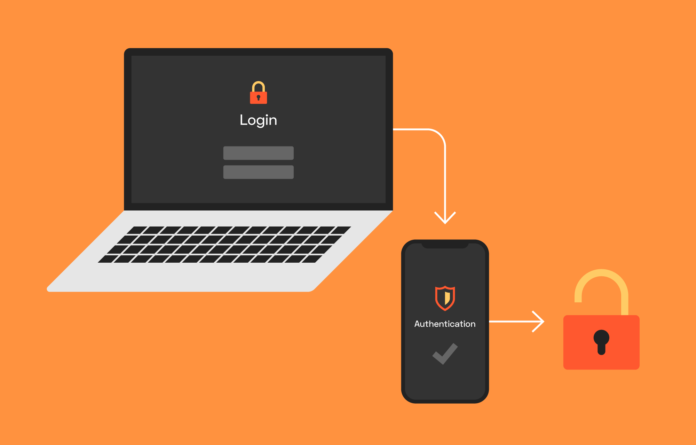Two-Factor Authentication is a verification method in which users add an additional layer of security besides their passwords. This method is enforced to protect the user’s credentials and also the resources that the user has access to.
With a big chunk of our lives happening around mobile devices and other electronic gadgets, it is no wonder our digital accounts have become a lure for criminals. Vicious attacks against governments, councils, corporations, and individuals are extra common.
Two-factor authentication adds an additional layer of security to the authentication process by making it tougher for attackers to obtain access to a person’s devices or online accounts. Two-factor authentication techniques rely on a user providing a password, as well as a second component, usually either a security code or a biometric factor – such as a fingerprint or facial scan.
Read More: 3.2 billion email and password pairs were leaked on an online hacking forum
Ways to implement Two-Factor Authentication:
Hardware Authentication Tokens for 2FA:
Hardware Tokens are small devices like a key fob that generates a new code every 30-seconds. When a user tries to access an account, they look at the device and enter the displayed 2FA code back to the application. Hardware tokens come in many forms, most commonly as USB tokens and wireless Bluetooth tokens. It is considered a very secure form of 2FA authentication since these hardware devices are not very easily accessible to intruders.
Text-Message based 2FA:
Message-based 2-FA interacts directly with a user’s phone. After receiving a username and password, the website sends the user a personal one-time passcode (OTP) via text message. The user must then enter the OTP back to the application to get access.
Application Authentication Tokens for 2FA:
This form of two-factor authentication uses an application-generated one-time passcode, that disappears after a set timer. If you are a GitHub user, you can certainly relate to it as it makes use of applications like ‘Authy’ to generate code that disappears after some time.
Push Notification for 2FA:
Websites or applications send the user a push notification that an authentication attempt is going down. The device owner merely views the details and might approve or deny access with one click.
Read More: Here is how you can check if your details were exposed in Facebook’s recent data breach
How Secure is Two-Factor Authentication?
An account that uses 2FA is way safer than a mere username and password login, but that doesn’t imply its safety.
Text Message Two-Factor Authentication flaw:
Your account becomes vulnerable if your device goes missing or has been stolen and anyone who somehow knows the password can log in or reset the password using OTP generated via that number. It also poses issues when there are sim swap attacks where attackers through phishing calls gain access to your phone.
Authentication Applications Vulnerability:
Authentication apps like Google Authenticator are vulnerable to information theft- if your device is left unattended while at work for some reason, or losing it while traveling.
There’s no authentic way to ensure the security of your online accounts and security experts are constantly researching in the said area to come up with foolproof methods to ensure information security, but 2FA is one of the best ways to cut back the risk to the meagerest it can be.





























